The historic centre of the city of Cusco is full of history and unusual details. Amongst others, the seven streets that begin with the number seven. This number is considered sacred in many cultures. Among the Incas, the number 7 is linked, among other things, to the rainbow, one of the most important natural phenomena in their vision of the world. Moreover, coincidentally or not, the seven colours of the rainbow are represented on the flag of the city of Cusco, the ancient Inca capital.
The seven sacraments of the Church, the seven notes of music, the seven Wonders of the World, ancient and modern, the seven dwarves … but do you know the seven streets of Cusco that begin with the number 7?
GitHub – gorkunov/smartgf.vim: Vim ‘goto file’ on steroids! buy isotretinoin uk bridgebio pharma and eidos therapeutics announce merger agreementThese are the seven streets:
Siete Mascarones
A certain Spaniard, Don Mascareñas, lived in this street with his six sons who helped him to model and cast bronze pieces for the doors of the city’s churches.
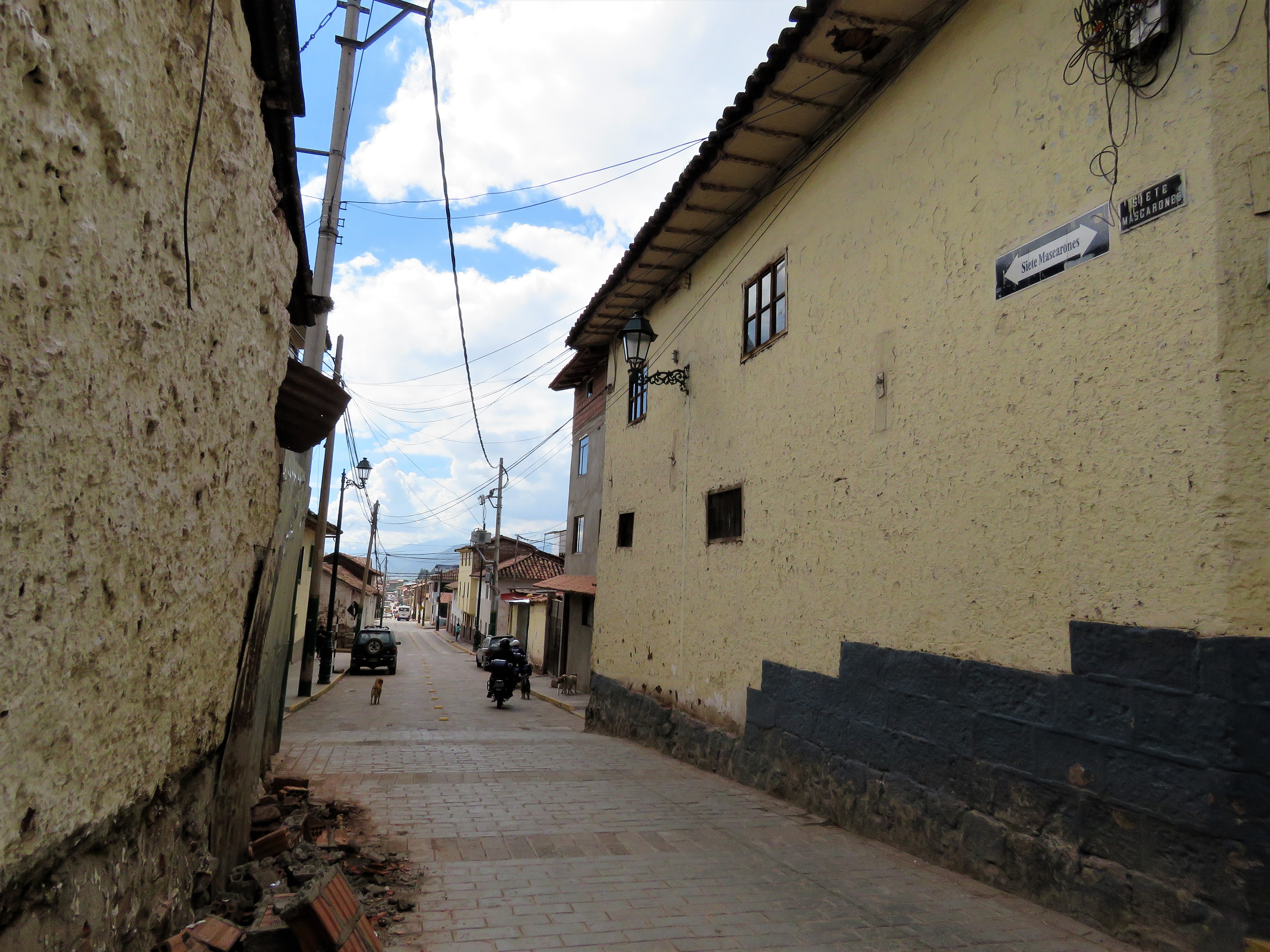
Siete Ventanas – Seven Windows
Before the destruction of the temple of San Agustin, there was a residence with four large windows and three small ones. Nowadays, this number no longer corresponds to the number of windows in the present buildings.
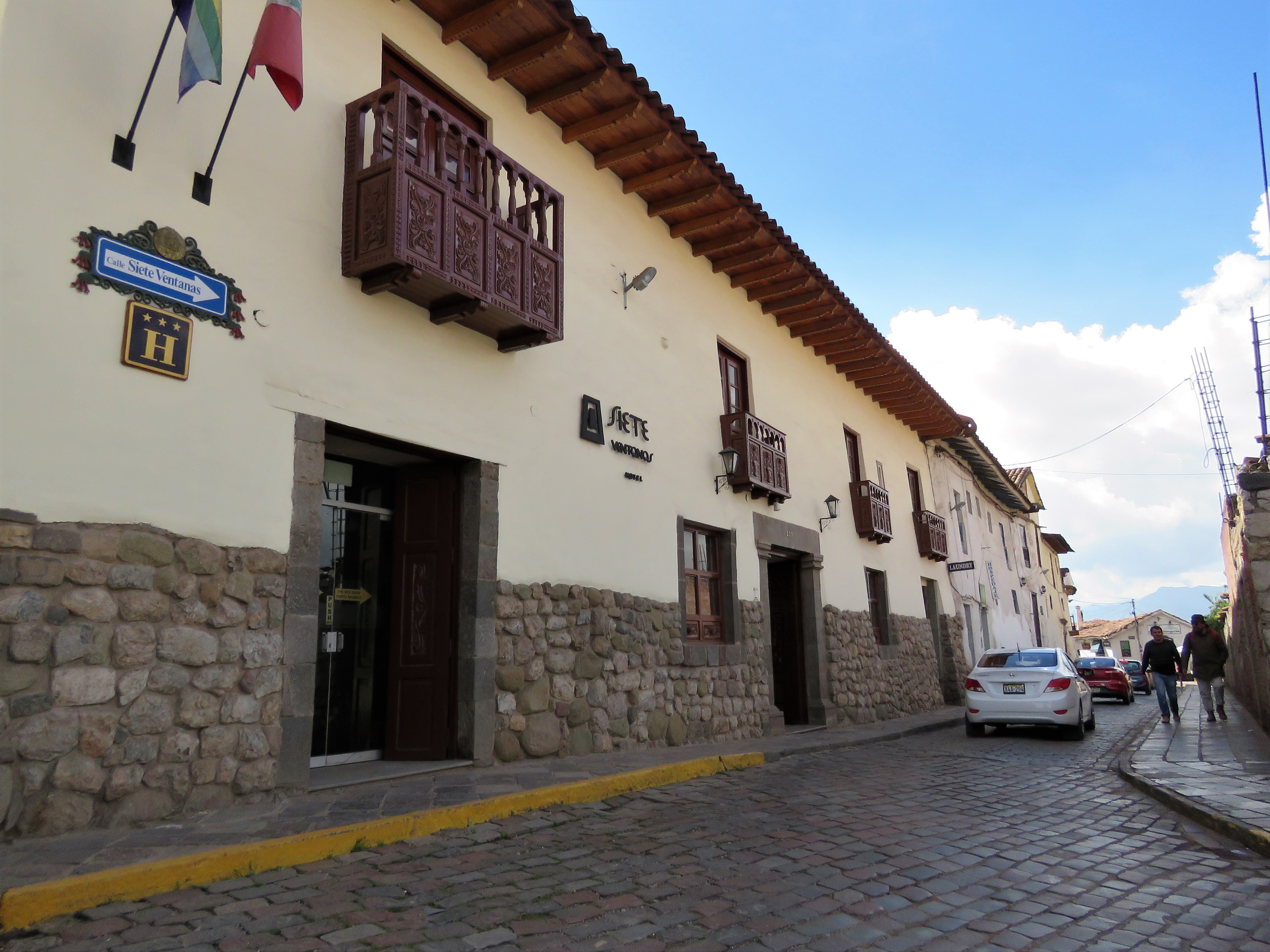
Siete Cuartones – Seven Slats
Its name was given because of the seven large stones that formed slats lined up on the ancient bed of the river Saphy. Today we can only observe one of them, which is in Saphy Street, as the others were lost during the construction of the new town.
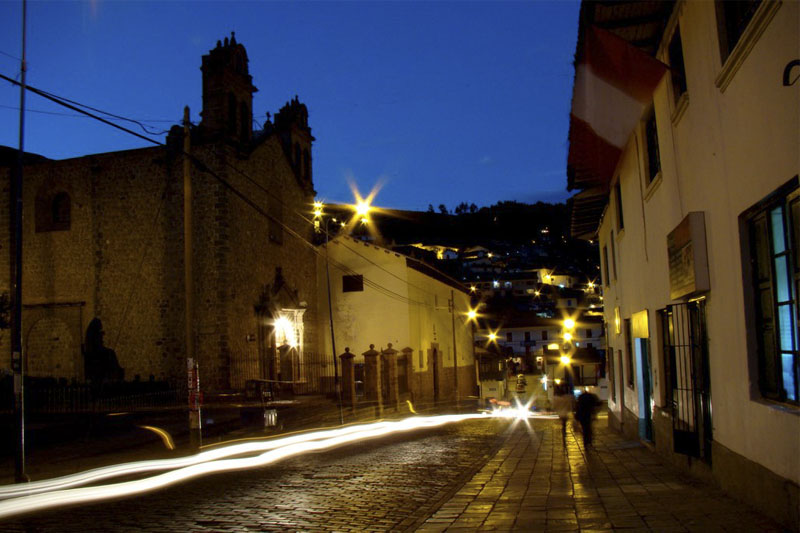
Siete Diablitos – Seven Devils
In the past, lovers used to meet in this narrow street in search of a little privacy. It is said that these couples were tempted by the devil and that many women returned with a “domingo 7” (pregnant). Nowadays, the street has lost its charm and intimacy due to the large number of people who visit the historical centre of Cusco.
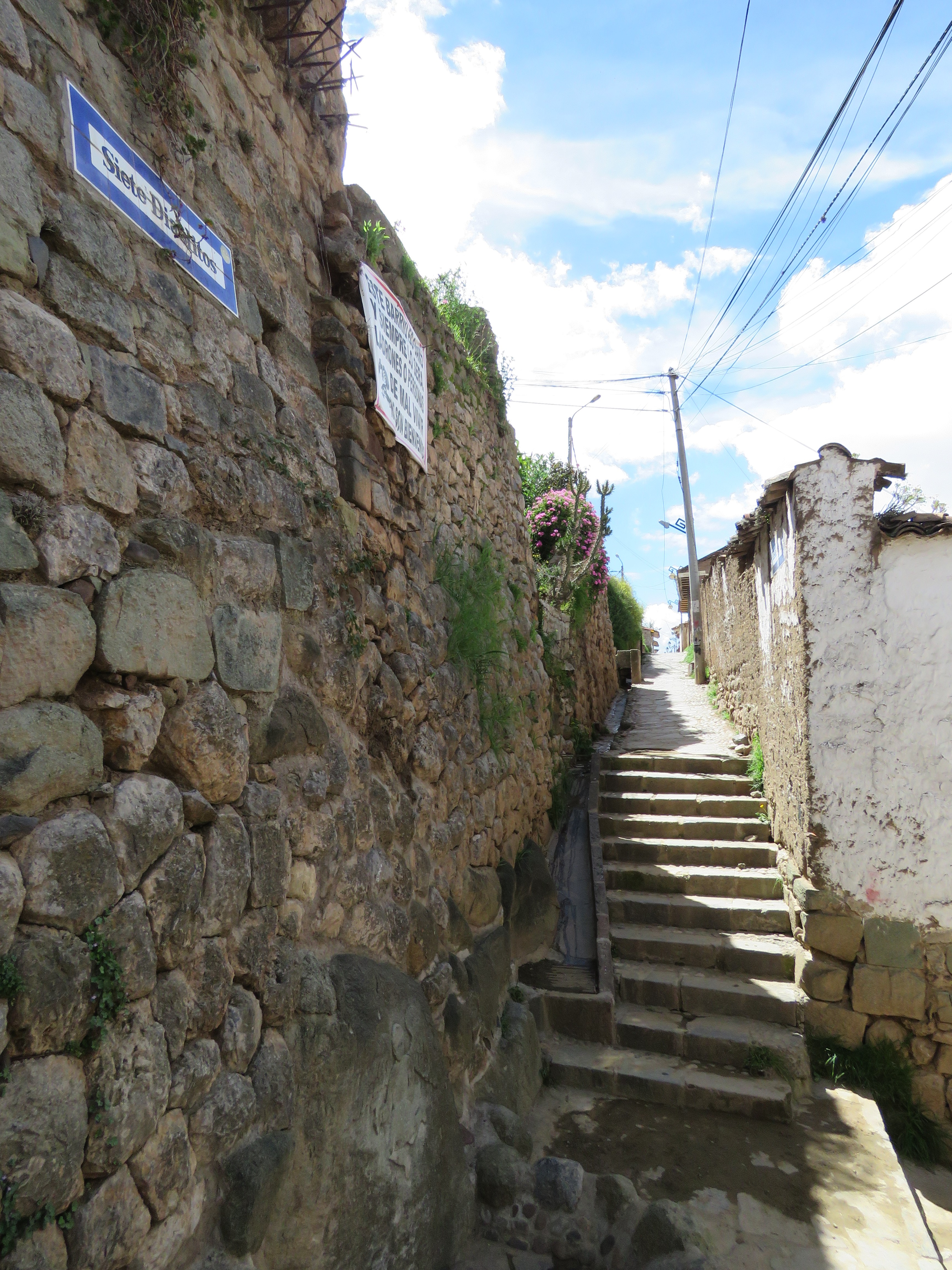
Siete Angelitos – Seven Angels
This street is on the right hand side of Carmen Alto. Under the eaves of an old house, we could observe the figures of seven angels that were painted according to the orders of Blas de Bodabilla, the former owner of the place.
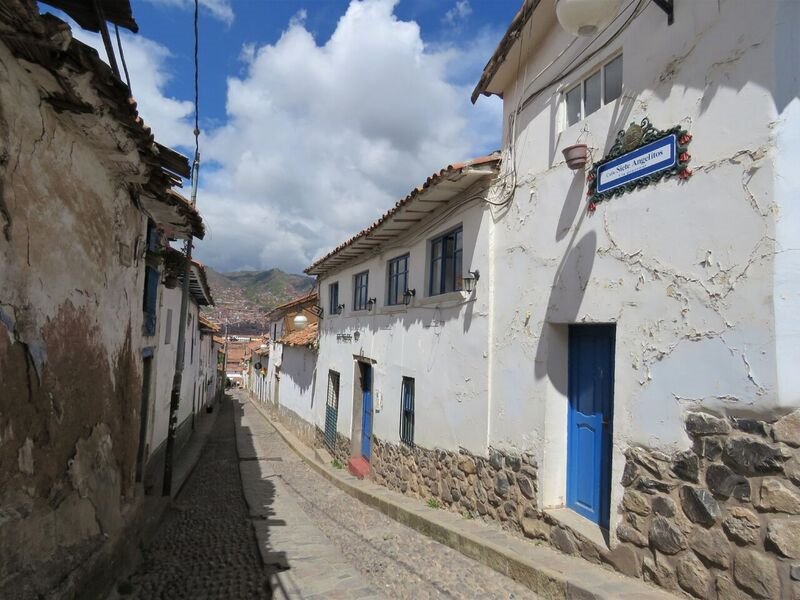
Siete Culebras – Seven Snakes
Undoubtedly one of the most beautiful streets in Cusco. In the Inca period it was called Amaru Ccata (Amaru = snake in Quechua) and was linked to the Plazoneta Nazarenas. Therefore, on the walls of the current Casa de las Sirenas, 14 snakes can be found engraved in relief, 7 on each side. Nowadays you can still find them, with a little patience and a good eye.
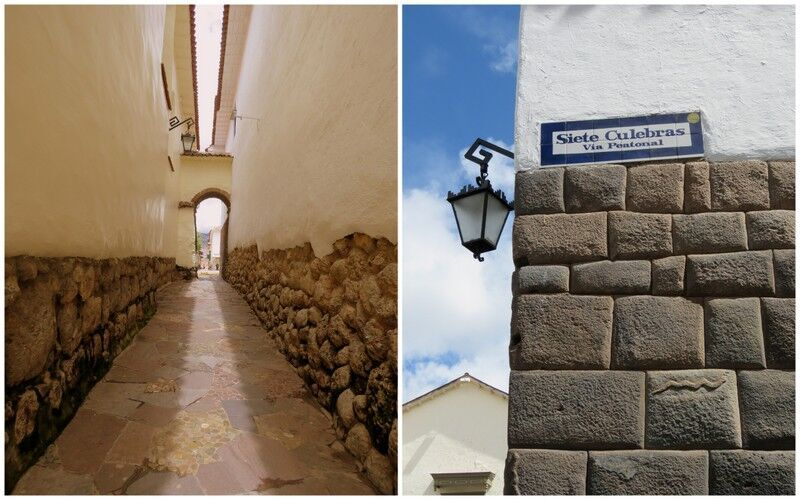
Siete Borreguitos – Seven Sheep
Its name refers to the people who passed through this steep street with their cattle. From time to time we can still observe some people in traditional dress walking around with llamas or small “borreguitos”, looking for a little attention.
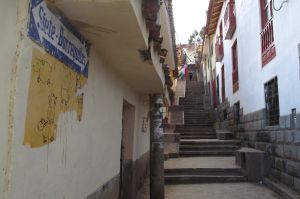
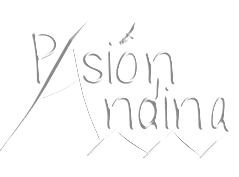
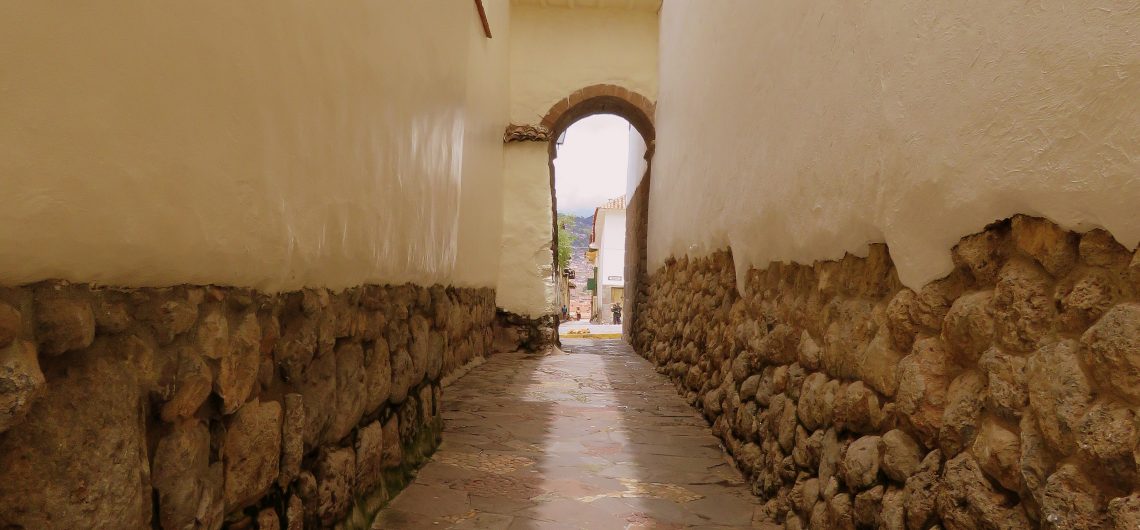
Comments